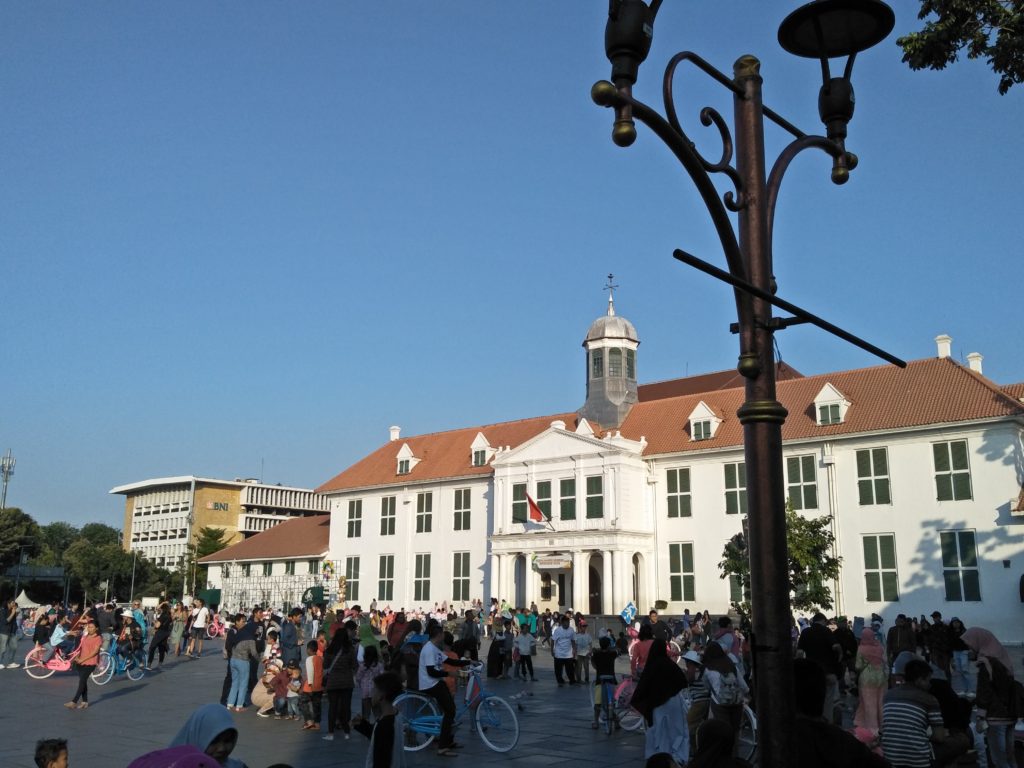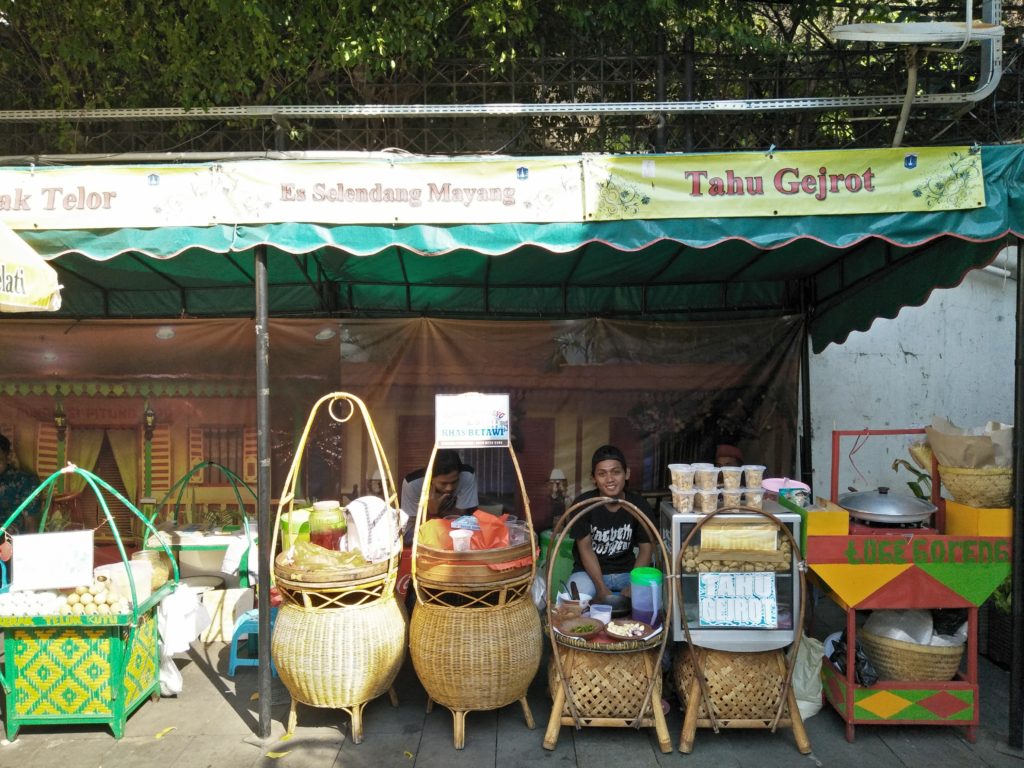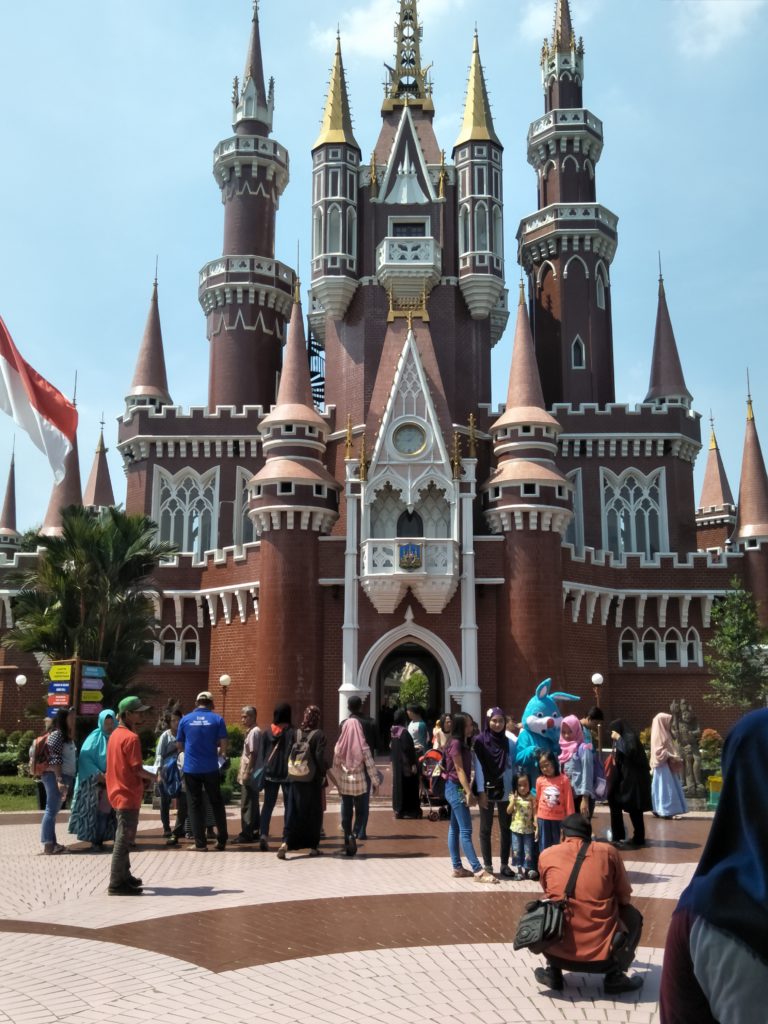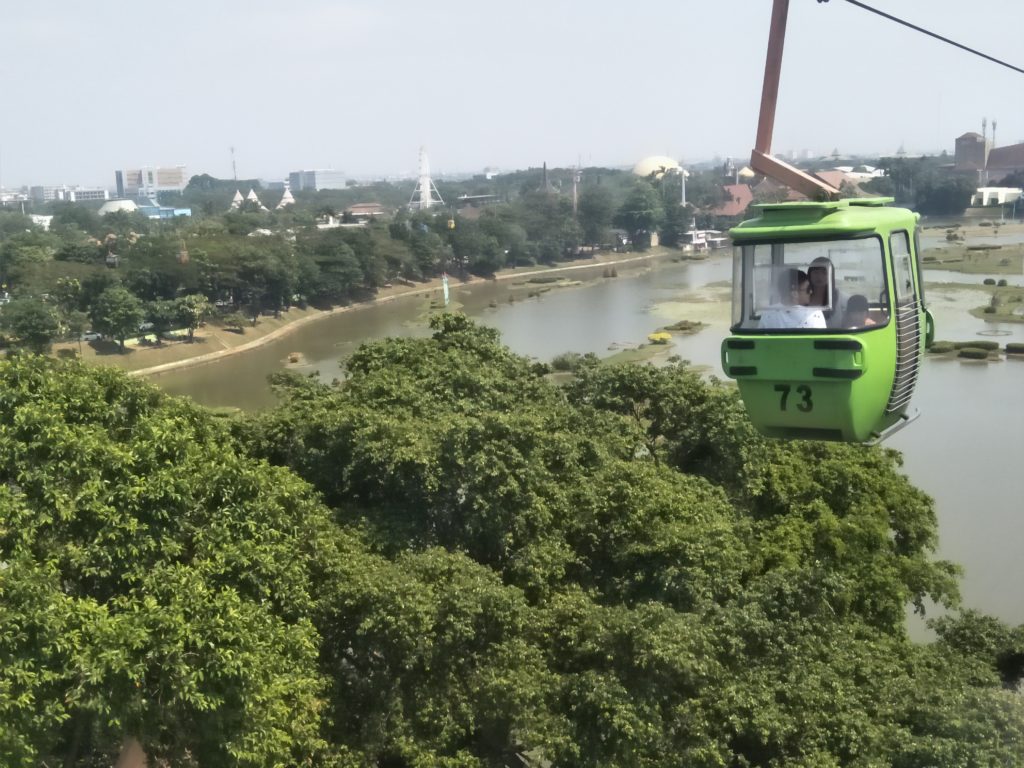Holiday in Jakarta
Written and photographed by Zico Mulia
If you know about or have ever visited Indonesia, then you most likely know the city of Jakarta. Jakarta is the capital of this island nation in Southeast Asia. The population is around 10 million people with an area of 664 square kilometers. For comparison, Seoul has a population of 10.17 million and an area of 605.2 square kilometers. Jakarta, which a few centuries ago was dubbed the “Queen of the East” and the “Jewel of Asia” by European sailors, was a melting pot of people from various ethnic backgrounds, religions, cultures, and social classes.
At the beginning of last July, I went home and vacationed in Jakarta and two other cities in Indonesia for almost two weeks. Besides being my hometown, the center of government, and an economic center, Jakarta has also become a popular tourist spot visited by local and foreign tourists. In 2017, Jakarta was the second largest entry point for foreign tourists to Indonesia after Bali. Tourists from China, Malaysia, Singapore, Japan, and Saudi Arabia typically visit Jakarta from January to March. Though many Koreans also visit Jakarta, most prefer to holiday in Bali. Last year, Korea ranked ninth in number of tourists to Bali after China, Australia, India, Japan, Britain, the United States, France, and Germany.
The Indonesian government proclaims that Jakarta has five main tourism industries, namely, business, maritime, culinary, health, and culture tourism. If you want to go to Jakarta, South Korea has many flights from Incheon Airport to Soekarno-Hatta International Airport. I checked the economy ticket price on skyscanner.co.kr, and prices there ranged from 450,000–550,000 won (400–488 USD) roundtrip. If you want to get the cheapest ticket prices, I suggest you book ahead of time with flights scheduled between Monday and Friday.
In this article, I will tell you about the two places I visited during the summer holidays early last July: Kota Tua (Old Town Jakarta) and Taman Mini Indonesia Indah (TMII – Beautiful Indonesia Miniature Park).

Kota Tua (Old Town Jakarta)
Kota Tua, or Old Town Jakarta, was built in the 16th century and is a place of cultural and historical tourism. This area was the center for the Royal Dutch Trading Company (VOC) in the East Indies (an area covering a wide geographical expanse in South and Southeast Asia) as well as a center of trade in Asia. Kota Tua contains several museums, including the Jakarta History Museum, Wayang (puppet) Museum, Fine Art and Ceramics Museum, Maritime Museum, Museum of Bank Indonesia, and Fatahillah Museum. Additionally, visitors can also relax and enjoy coffee at one of the old town’s many coffee shops or watch the various activities going on in Fatahillah Square. Because of the limited time, I just explored the Jakarta History Museum, Fatahillah Square, and relaxed for a while at a coffee shop. Entrance tickets for the Jakarta History Museum cost a mere 5,000 rupiahs (380 won).
Among the local Dutch architecture, constructed in 1710 is the former City Hall of Batavia (the city’s name before Jakarta). Here I saw various relics and audio-visual material depicting the history of Jakarta from prehistoric times, through to the colonization periods under the Portuguese and Dutch, and on to the independence era of the Republic of Indonesia. The museum houses paintings from famous Indonesian maestros, sketches, animations, and artifacts.
After walking through the Jakarta History Museum, I stopped by a coffee shop. The coffee shop was located in an old building that has been slightly renovated. The coffee served there is mostly authentic Indonesian coffee with Arabica and Robusta beans that have a strong aroma and flavor. The price is between 20,000–35,000 rupiahs (1,550–2,700 won).
After leaving the coffee shop, I stopped by a souvenir shop that sold statues, masks, traditional Javanese and Betawi (ethnic groups living in Jakarta) accessories, and T-shirts. Along the way, near the Museum of Bank Indonesia and Taman Fatahillah (Fatahillah Square), there are also several souvenir sellers with prices ranging from 20,000–50,000 rupiahs (1,550–3,900 won).

In Fatahillah Square, visitors can see various cultural attractions and art performances, or they can rent a bike with striking colors. Here there are also Indonesian specialties, such as tahu gejrot (fried tofu with a mild sweet and spicy sauce), es selendang mayang and es cendol (cold drinks with jelly from flour and sweeteners from palm trees), and martabak telor (similar to pizza but made from eggs, flour, rice, and Indonesian spices) with prices ranging from 8,000–20,000 rupiahs per portion (540–1,550 won). Kota Tua can be a space for relieving stress with thrifty tourist attractions for anyone.
Taman Mini Indonesia Indah (TMII – Beautiful Indonesia Miniature Park)
Another tourist attraction in Jakarta is the Taman Mini Indonesia Indah (TMII – Beautiful Indonesia Mini Park). TMII is an Indonesian cultural theme park in East Jakarta that opened in 1975. The distance from my house to TMII is around 11 kilometers, or about 15 minutes by car or motorcycle. This park is a microcosm of Indonesian culture, covering various aspects of people’s daily lives in the 33 provinces, and features traditional houses, as well as various local clothing, dances, and traditions. The TMII ticket price is 10,000 rupiahs (780 won) per person. The center of TMII showcases a miniature of the Indonesian archipelago. Visitors can see the local lake with traditional houses around it from the top by cable car. I tried the cable car with my two nephews while documenting the view from the top. Ticket prices on weekends are 50,000 rupiahs (3,900 won) per person.

In addition, TMII has various museums related to fresh water, fauna, transportation, science, and technology, as well as the Keong Mas (Golden Snail) IMAX Theater, waterpark, and palace of children’s playgrounds. Various aspects of Indonesia’s modern civilization as well as natural and cultural wealth are demonstrated in this 150-hectare area. Visitors can also tour TMII by car or train at 10,000 rupiahs (780 won). Each ticket can be used to stop in three places.

Several modes of transportation exist for getting to Kota Tua and TMII, including the commuter line train, TransJakarta bus (city bus), taxis, or online taxis (cars and motorcycles). I usually choose the train or TransJakarta bus because they are more efficient and economical, and because the distance from the train station and TransJakarta bus stop to the two tourist attractions is short. Using TransJakarta, you can also visit many other interesting places in Jakarta. Like city buses in Gwangju, to use this bus you can use any card that works like e-money, a bank card, or you can also buy a card at any TransJakarta ticket counter. The price is about 20,000 rupiahs (1,550 won) just for the card, and then you can add credit to it. You need to know that Jakarta traffic is heavily congested at certain times, including on holidays, so TransJakarta and the trains are modes of transportation that many people use because they have their own designated lanes.
If you are interested and have enough time and money to holiday in Indonesia, you must visit Jakarta.
The Author
Zico is a master’s degree program student at Chonnam National University, majoring in interdisciplinary NGO studies. Hailing from Indonesia, he is also active as a human rights defender and pro-democracy activist. Zico likes to read, listen to music, play sports, and travel.



